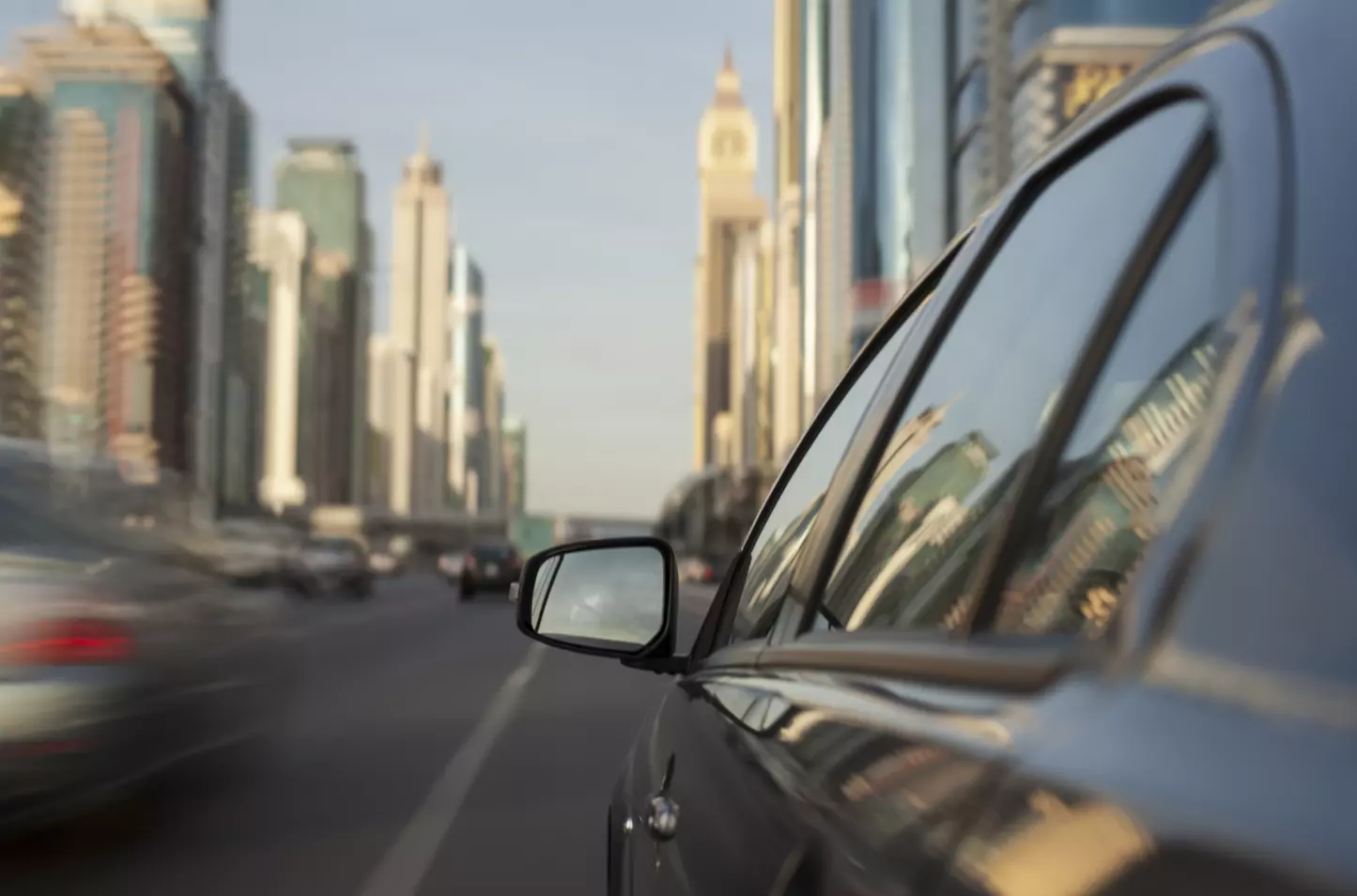Small, compact and light. The (electric) cars of the future must be redesigned. On the other hand, 2035 is around the corner and Europe has decided that e-mobility must be the way forward. What the market is offering today, however, is a far cry from the cars that will be able to concretely support the ongoing transition. Andrea Tonoli, head of Spoke 2 of the National Centre for Sustainable Mobility (Most) and professor at the Politecnico di Torino, tells Infra Journal why an all-round engineering revolution is needed and what the evolution of the Most centre is, set up in September 2022 and among the first five under the National Recovery and Resilience Plan (NRRP). The project, with a hub & spoke approach (the Polytechnic University of Milan, the central point of the Centre, coordinates 14 spokes distributed throughout the country), sees the involvement of universities and large companies in the field of mobility and infrastructure.
Professor, what is the role of the Politecnico di Torino in this area?
“The objective of the Most National Centre is to accompany the green and digital transition of the industry from a sustainable perspective, ensuring industrial transition and supporting local institutions in implementing modern, sustainable and inclusive solutions. The Politecnico focuses on two Spokes: air mobility and sustainable road vehicles. The latter is directed by me.”
What is the focus of Spoke 2?
“Spoke 2 focuses on the Sustainable Road Vehicle theme and will create a network of research centres and laboratories, large-scale demonstration environments, full-scale prototype applications, to achieve five objectives: a new zero-emission vehicle architecture, including assisted and autonomous driving technologies; advanced methodologies and tools for integrated design and validation of zero-emission vehicles (ZEV); tools for optimising the user experience and integration of vehicle and data networks, cloud monitoring and predictive maintenance, and improving safety through driver health and attention; circular economy for vehicle components.
We aim, in particular, to work on two types of vehicle: the urban passenger vehicle and the goods vehicle. The aim, especially for the former, is to make the use of environmentally friendly vehicles increasingly socially accessible, also from the point of view of size, fuel consumption and costs in general.”
Why are there so few electric cars in Italy today?
“The electric cars on the market today are unsuitable to ride the transition and need to be totally reworked. Also according to PoliMi's Smart Mobility Report 2023,we are a long way from reaching 6.6 million electric cars circulating in Italy by 2030. And the reasons lie in the costs, which are still high in the various segments A, B, C and D, due to the very structure of these vehicles, which have high masses and, consequently, high consumption.”
Does urban electric mobility therefore need to be redesigned?
“Only if we reduce size and mass will we limit consumption. Suffice it to say that in the city, 50 per cent of consumption is due to rolling resistance, which is proportional to the weight of the vehicle. We are studying a ‘sustainable’ vehicle that has a mass of around 900 kg (from the current one thousand) and a consumption of less than 10 kWh/100km (today consumption is up to 70% higher). Moreover, the battery pack should be remodelled to have different, smaller batteries that can be recharged at different times by integrating this process with domestic recharging.”
Will a new model in Italy be shared with the leading players in the sector?
“Certainly, it is a system project shared with different players in the automotive supply chain that will lead to a potentially marketable prototype. Among those involved are Stellantis for cars, Iveco for commercial vehicles, Pirelli, Snam, Teoresi. And there is more. The call we launched in the summer of 2023 aims to lead to a trickle-down effect of the research activity to SMEs in the supply chain.”
How do they collaborate, concretely?
“They are companies that collaborate in the development of the battery pack, software, and analysis of the data available on the vehicle, including the driving style. As well as fuel cells to be integrated into delivery vehicles that are part of the programme just as classic urban vehicles. We are not looking for mere suppliers but project partners. For this reason, the calls for tenders provide co-financing as a prelude to real co-partnership and collaboration between the Polytechnic and companies, in all respects, even beyond the NRRP. For companies, for instance, Most can be a reliable and useful partner to run on other regional, national and European funding sources, and companies will benefit from the spin-offs in terms of, for example, intellectual property generated within the framework of the collaboration.”
